Avatar: The Last Airbender: "Chapter 15: Bato of the Water Tribe," "Chapter 16: The Deserter," and "Chapter 17: The Northern Air Temple"

(This is the sixth installment of my weekly recaps of Avatar: The Last Airbender, the Nickelodeon animated series that ran from 2005 to 2008 to much critical acclaim. I’ve never seen it! These recaps are only available to paid subscribers.)
“Chapter Fifteen: Bato of the Water Tribe” (originally aired October 7, 2005)
“Chapter Sixteen: The Deserter” (originally aired October 21, 2005)
“Chapter Seventeen: The Northern Air Temple” (originally aired November 4, 2005)

Appa is a very good fighting boy. (Credit: Nickelodeon)
These three episodes — all good, by the way — occupy a rather uneasy place within season one, caught between the escalating excitement of “The Storm” and “The Blue Spirit” and the three episodes that close out the season (and appear to be closely tied together). These three episodes try to hover somewhere between stronger serialization and standalone storytelling, and they’re largely successful at that. But the wandering nature of the show’s storytelling is starting to get to me a bit. I’m anxious to reach the ending already.
So with that in mind, I thought it might be worthwhile to use these episodes to take stock of where the show’s major characters are this deep into the run of the first season. In some ways, I’ve been incredibly surprised by how I feel about the characters and their evolutions, and in other ways, I am… not surprised. So let’s start with the character who’s had the biggest shift for me.
Sokka
In the show’s first several episodes, I didn’t particularly care about Sokka. He was fine, sure, but he didn’t strike me as being anything within the show other than someone who would put up needless roadblocks in the way of the other characters doing their thing. A show like this kind of needs a character like that, because conflict needs to stem from somewhere, but it’s so easy to let that character simply become an exhausting foil in a way that does service to neither the character nor the audience.
What a delight, then, that Sokka has turned out to be so weird and hectoring and funny. He’s got big old man energy, in that he’s generally right about everything, but he can’t get someone to listen to him to save his life. The early episodes played around with a thing where he was a bit of a hothead who was too quick to think he was the best guy around, something the show elegantly undercut by introducing him to Suki.
But since then, he’s slowly become maybe the show’s most amusing character. In “The Deserter,” for instance, he’s endlessly annoyed by everybody’s insistence on making themselves known within the Fire Nation festival, and in “Bato of the Water Tribe,” the ways in which the world seems to constantly get in the way of his plans are funny, too. There is something endlessly entertaining about a character who is usually right but has no idea how to express that rightness in a way that will get other people on board with him.
The show has also done a great job of making him a useful character, even though he doesn’t have any bending abilities. “Northern Air Temple,” for instance, makes a lot out of his engineering know-how and scientific ingenuity. “He’s the smart one!” isn’t exactly a new twist for the one kid in the team who doesn’t have superpowers, but Sokka’s growing interest in figuring out ways to help out the fight without having magic powers. This is very difficult to do, as anybody who watched Xander’s arc on Buffy will tell you. That Avatar has been so successful at it with Sokka is an indication of just how skillfully the series has pushed that character throughout season one.
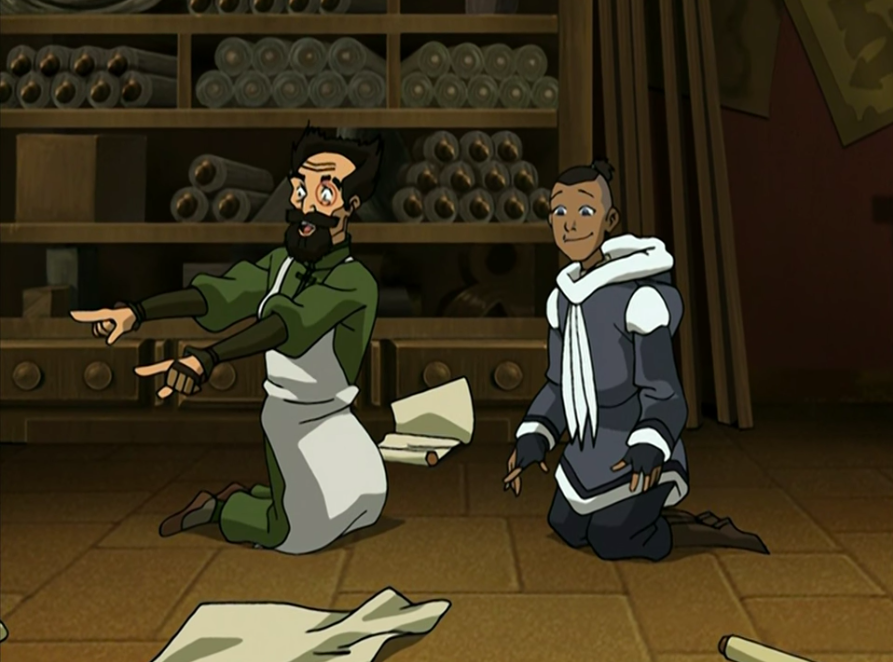
Sokka is very smart. Also, I dig how this guy’s monocle appears to just be painted on. (Credit: Nickelodeon)
Katara
I’m actually a bit surprised I don’t like Katara more than I do. Don’t get me wrong. She’s probably my favorite character of the core three. But I also find myself wondering, at times, if she has a personality beyond “the girl.”
You know what I mean, right? In shows like this, there’s so often a singular girl who’s on the team, and her main role is to just sort of be there as a vague caretaker figure and a love interest for the protagonist. Katara goes beyond those two roles — she’s a powerful waterbender in her own right — but she does fulfill those two roles. She even levels up her XP and gains a healing spell from another playbook in “The Deserter.” That’s a classic caretaker move!
The episode in which she’s the most compelling to me so far is “Bato,” because that’s the episode in which she finds herself pushed to the brink of bailing on Aang’s quest because she’s so frustrated by his inability to be honest with her about how to find her father. Plots like this, in which characters keep secrets from each other to artificially extend conflict, are not my favorites, but this one mostly works because it drives a wedge in the one relationship that has mostly been unchanged from the start of the show. Katara’s devotion to Aang is something that the show needs to function, but I’m not always sure the series has earned it in the way I’d find most compelling.
The scenes where Katara’s powers are vital to solving a problem — and there are several! — remind me that she’s more than just “the girl.” But so often, she feels like a character who is there as a placeholder for some later, better version of herself. That the placeholder is as compelling as she is speaks to the strength of both the character and Mae Whitman’s performance. But goodness, I do hope that a stronger version of the character shows up soon, or the next couple seasons of this show might drag a bit.
Prince Zuko
Zuko is a walking collection of tropes, which is why I’m surprised that I like him as much as I do. But I do really like him, and I find his journey incredibly compelling. You could easily tweak a couple of small elements here and there (make Aang a bit more destructive and uncontrolled, or make the Water Nation the bad guys), and you’d have a Prince Zuko who’s after the Avatar and actually our hero. That’s solid character work.
What’s more, Zuko is often the only character I feel like I understand better after he gets in a fight. He’s hotheaded (haha), and he’s prone to making big plays that just as often blow up in his face as they do succeed. But that hotheadedness is also why he ends up rescuing Aang in “The Blue Spirit” (a thing that is still causing wanted posters of him to be hung up around Fire Nation). He’s so committed to his own self-regard that he loops right back around to being a weird kind of ally.
I was talking with a friend earlier tonight about how I feel as though half-hour, action-driven TV shows struggle with character development much of the time, especially when they hang up a big sign that says “CHARACTER DEVELOPMENT HAPPENING HERE” over one of the main characters. Shows like this are so often best when they simply play to what’s elemental in their characters, and that’s true of the central three in this series. But Zuko, somehow, manages to have a ton of really rich and thoughtful character development, despite getting much less screentime. It’s a thing I hope to figure out the deeper I get into the series.
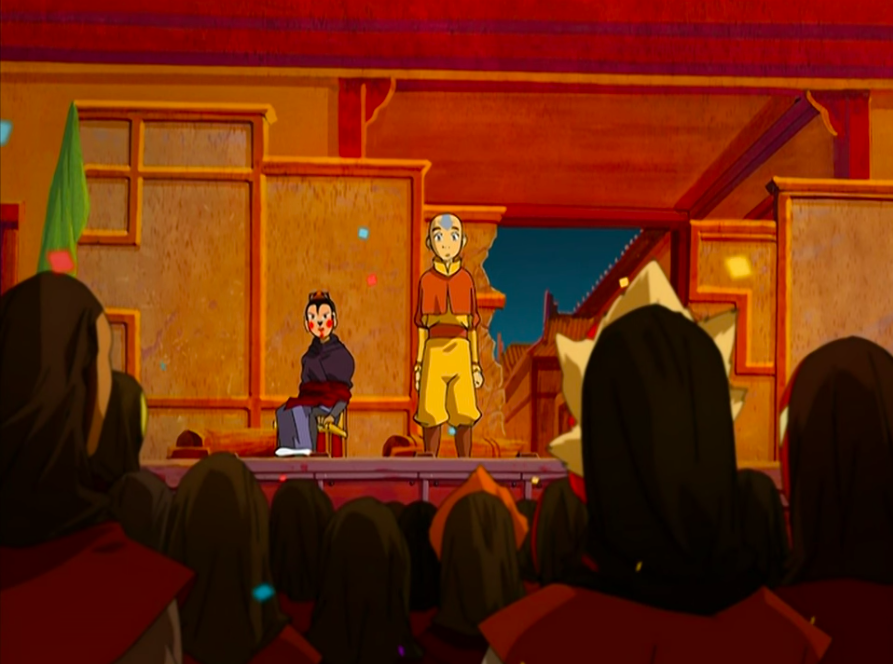
Aang, you’re going to have to improvise your way through the show now. Not a great situation. (Credit: Nickelodeon)
Aang
I don’t know what to do with Aang.
To be sure, some of my disconnect from him stems from the fact that he’s intentionally written as a bit of a cipher and a, well, avatar. He’s a self-insert character for an audience of raucous little kids (probably assumed to be mostly little boys), and I don’t fit that demographic anymore. But I can roll with that if the character feels like they’ve gained layers and complexity and richness, and Aang just… hasn’t.
Yes, we’ve gotten a better look at what he fears, which is losing everybody he loves all over again, and we’ve seen the ways that has reverberated throughout his very long, surprisingly short lifespan. But we haven’t really gotten a good sense of what Aang wants beyond “to kiss Katara maybe.” The goals he’s been given have been, largely, handed to him by external forces. He doesn’t like Fire Nation, but it never feels like he has much skin in the game beyond being the latest incarnation of a being of awesome power. If Fire Nation disappeared magically tomorrow, I don’t know that I could tell you what Aang would do, beyond spend more time hanging out with Sokka and Katara.
And more power to him! Having great friends is a wonderful part of life, and I love the ways in which this show portrays a kind of unshakable bond among its central trio. But it also leads to stories like Aang keeping that map a secret from Katara and Sokka in “Bato,” and it leads to Aang lacking any sort of tangible growth. We understand him a bit better, but we have next to no idea how he feels about nearly anything that’s not his two closest friends.
This storytelling choice needn’t be a problem, and it often isn’t. When the show is firmly in Katara or Sokka’s point of view, Aang snaps into place. But when he’s at the center of the story, the show feels a bit aimless. That might be why I have really liked but haven’t quite loved this first season.
The neat thing about these problems is that they’re problems that will be rather easy to solve, ultimately. They’re very first-season problems, especially on a show that has had to repeat itself a bunch to make sure the audience doesn’t get lost (an unfortunate tendency of a lot of television for a long time). Katara, especially, seems most likely to benefit from added screentime, and I’ll bet Aang does as well. The character work in these first 17 episodes is a good foundation. But at a certain point, I hope the show builds on that foundation a little more consistently.
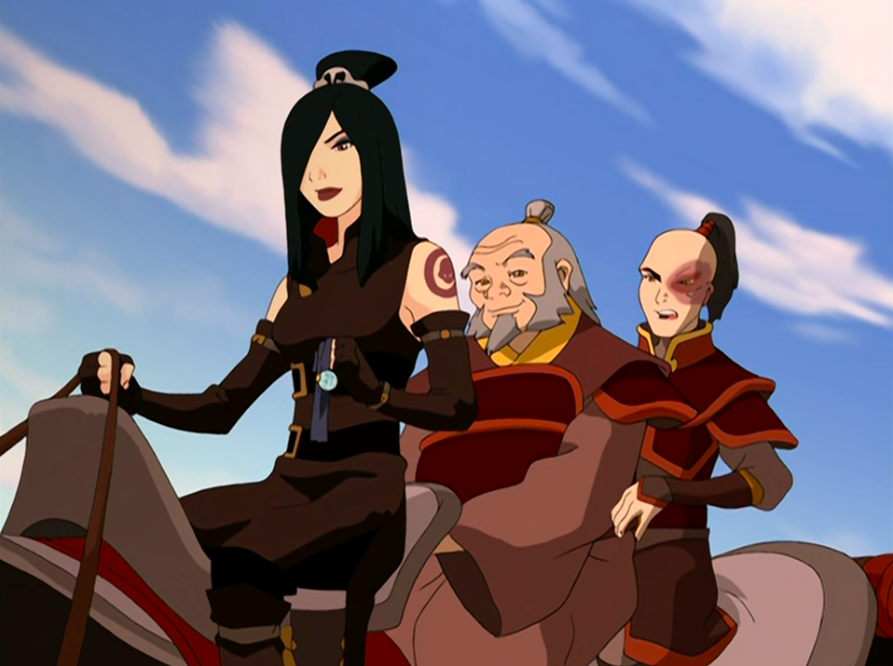
YES MORE OF JUNE PLEASE (Credit: Nickelodeon)
Bonus Round!
Here are quick thoughts on a bunch of other characters!
- Appa: Big friendly boy. Please let him live with me.
- Momo: I hope someone gets to eat Momo eventually.
- Zhao: Surprisingly good example of the “season one” villain, who will be scary to our heroes early on but will seem like small potatoes once we’ve reached the big bosses.
- Suki: Bring her back, pls.
- Jet: I like that his name is Jet.
- The Water Tribe: I really love all of the time we spend hanging out with Water Tribe members. I wish we got to do more of this!
- Uncle Iroh: Great comic relief character. 5 out of 5 stars.
- Giant eel: Bring him back, pls.
- June: WHO IS THIS CHARACTER AND WHY DOES SHE RIDE A POISON MOLE DOG THING? MORE PLEASE?!
- Odo: I just like that Odo keeps turning up. He seems like a considerate leader, even when he’s in the show’s worst episode so far. And I really liked his inventor/tinkerer character in “Northern Air Temple.”
Those are all my thoughts on those characters.
Other thoughts I thought:
- The mechanics of Aang, Katara, and Sokka’s journey have thrown me for a bit now, until I just accepted that they travel by Game of Thrones rules and can just be wherever they need as quickly as the story needs them to be.
- The quick trip that Zuko and Uncle Iroh take through the last several episodes of the show alongside June is really neat. It starts to tie the story of the show together in a really fun way, and also, June is great.
- The relationship between Teo and his dad in “Northern Air Temple” was really sweet, and it was hard not to see Sokka bonding with the dad as a dim echo of just how badly Sokka wants to see his own father again.
- The moment with Aang giving Katara her mother’s necklace back was really well-handled, I think, even if I had mostly forgotten about that particular plot point.
- If there’s one thing I can say about Aang after seeing “The Deserter,” it’s that he really doesn’t understand the principles underlying live theatre.
- The battle where Aang and Katara overwhelm the Fire Nation’s tanks — for a little while at least — with their bending is pretty neat. I also like the fact that the show has a not-so-subtle anti-industrialization theme deep inside of it (though it does like a good war balloon).
- I know I already made this joke, but it really does seem like Katara just picked up a healing skill after telling the GM she was grabbing that new ability. “Can you justify it?” the GM asks. “Should I have to?” she says. She gets to do it anyway.
Next week: Season one comes to an end with “The Waterbending Master,” then the two-part “Siege of the North” finale!
And after that: Cassie, a very special guest, and I are going to watch the M. Night Shyamalan adaptation of season one. It should be a disaster.

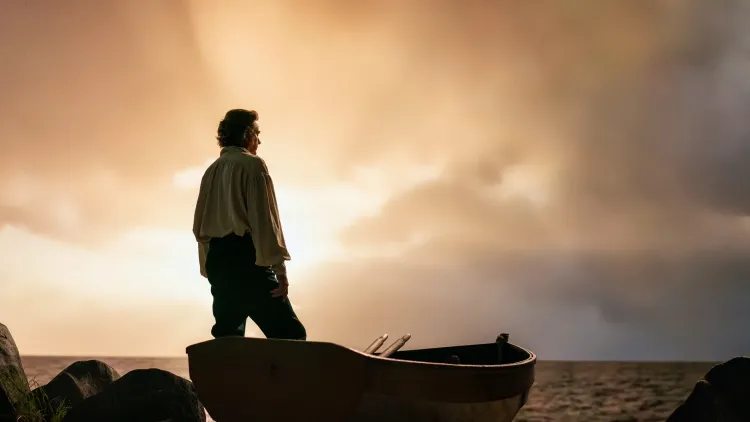
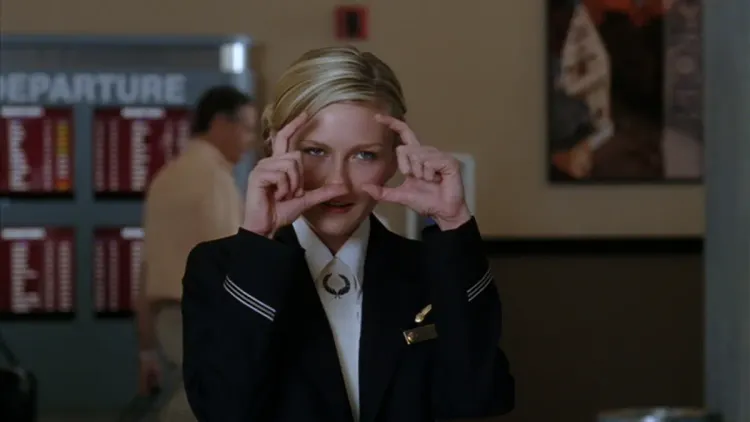
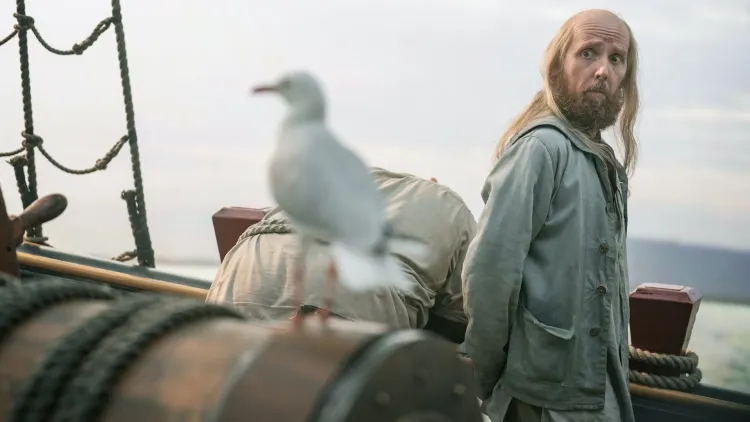

Member discussion